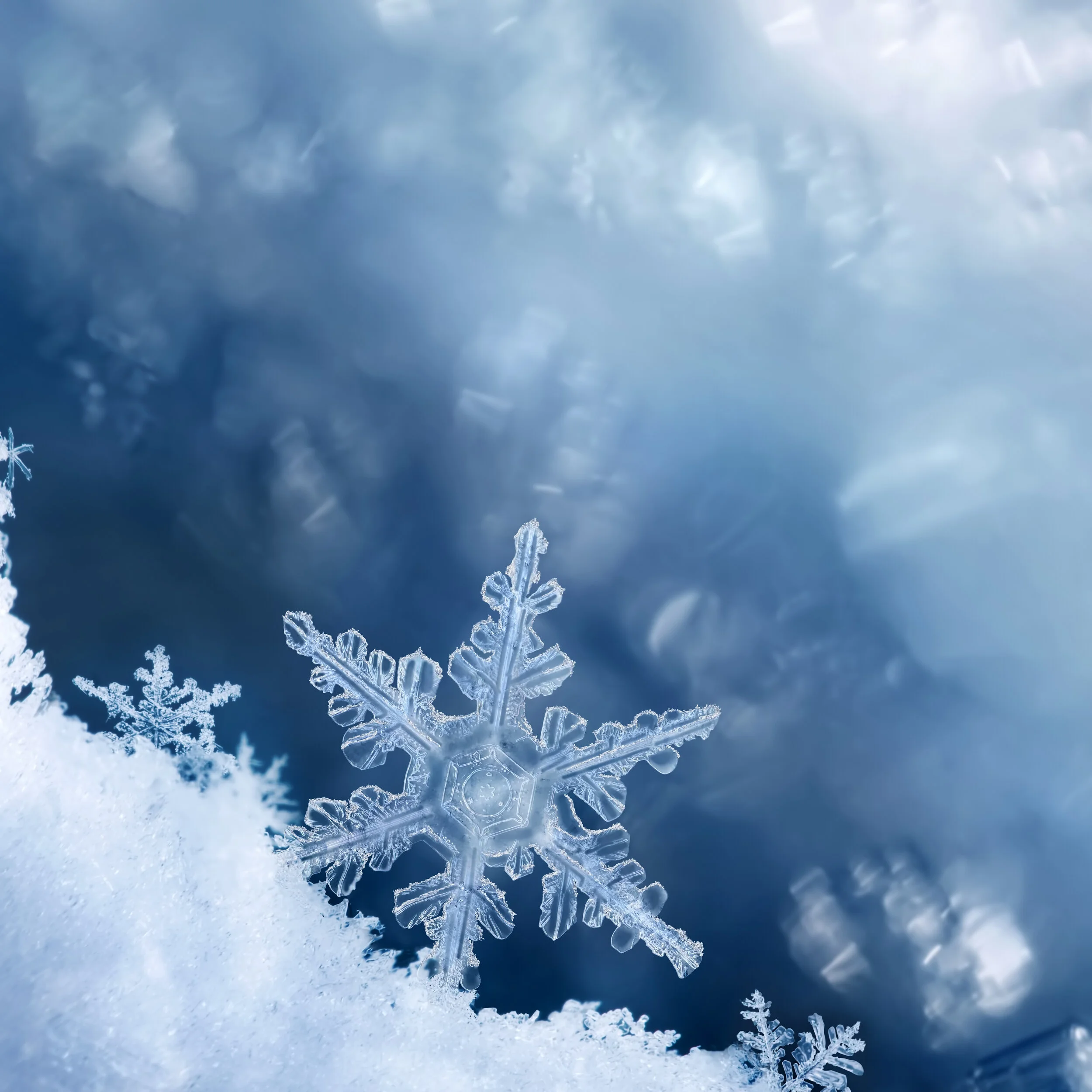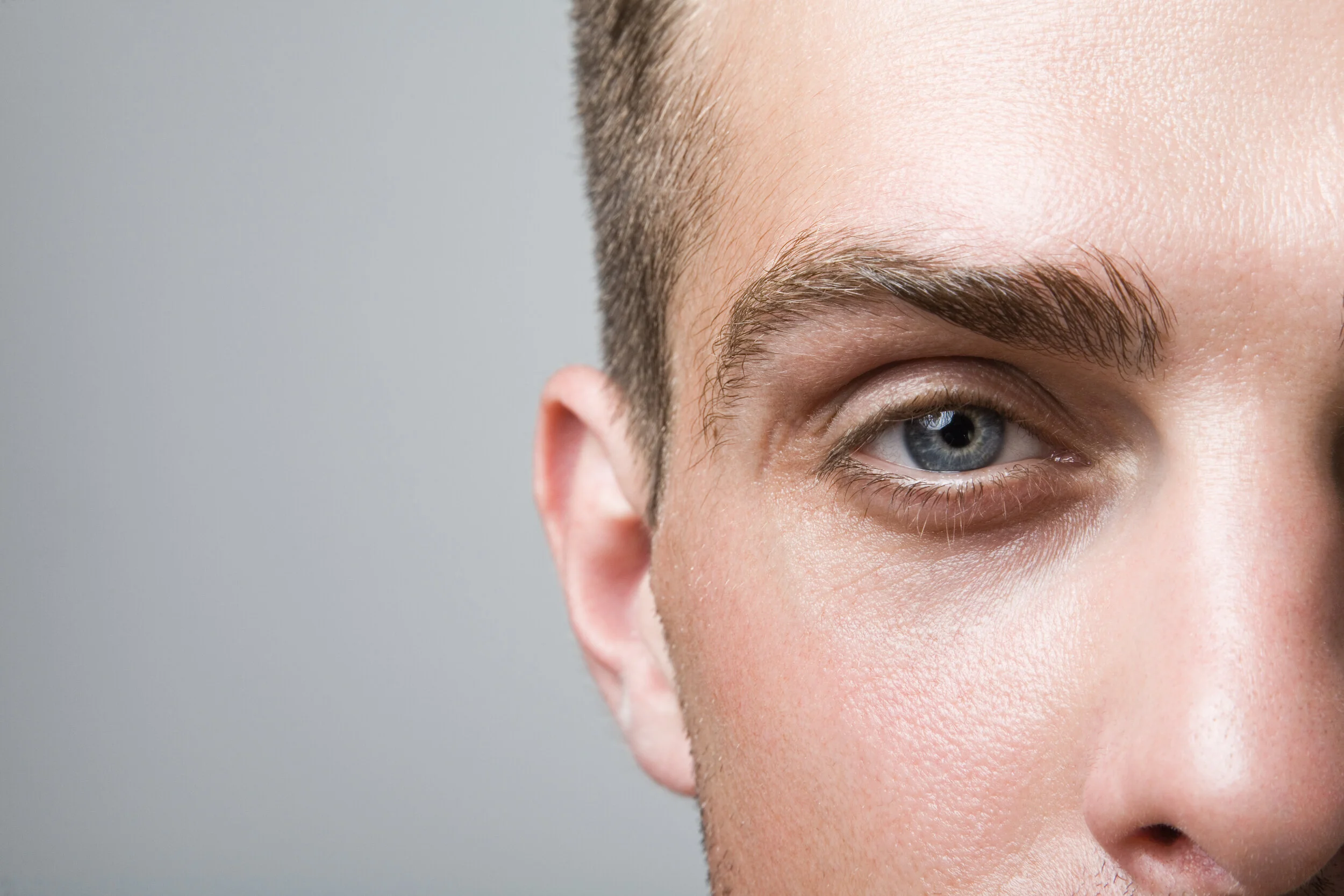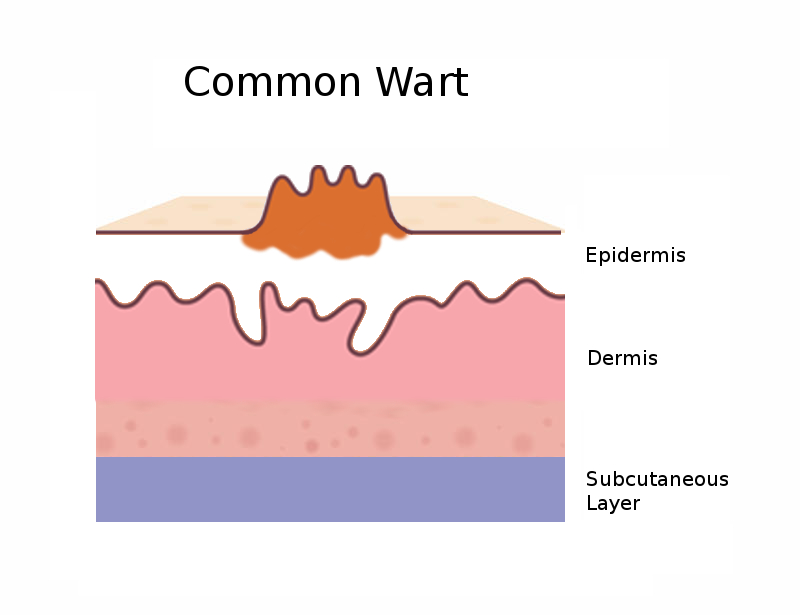Wart Removal
A brief overview of warts.
Warts are the result of a HPV infection. HPV, also known as human papillomavirus, is so common that almost every person will have at least one wart during their lifetime. There are over 100 different strains of HPV that will cause warts to grow. Some strains favour the hands or feet, some the face and some the genitals. Importantly, none of the strains of HPV that cause warts are dangerous.
Warts can look very different depending on the location on the body, the amount of surrounding hard skin and the strain of HPV. Some are long and finger-like and often found on the face. Some are raised and rough and often found on the hands. Some are flat and smooth and often found on the face. Some are flat and calloused and often found on the soles of the feet.
If at all in doubt, get your GP to look at the suspected wart, as some warts can resemble other skin lesions. Prior to treatment you will be required to confirm that your GP has diagnosed your lesion as a wart.
What can I expect from the treatment?
Just like liquid nitrogen wart removal, the Cryopen uses very low temperatures to target the wart. The Cryopen is an advanced cryotherapy innovation and uses a fine jet of N 2O at a temperature of –89°C, to thoroughly freeze the wart. Warts are frozen in two cycles:
First cycle - Freeze. The first cycle freeze will last between 5-30 sec depending on the size, depth and location of the wart.
Rest period - Thaw. After the first freeze cycle, the tissue is allowed to thaw for about 30 seconds.
Second cycle - Freeze. The tissue will freeze faster during the second freeze cycle, allowing for the treatment to reach the deeper layers of the wart
How many treatments will I need?
The time it takes to remove a wart depends on many factors, such as where the wart is located, how much hard skin in covering the wart and how large it is. Some warts disappear after just one treatment, while others need several treatments with 2-3 weeks in between. If the wart has not responded to treatment and remains the same size after 4 treatments it is unlikely that any further treatment will be beneficial. However cryotherapy, be it using liquid nitrogen or the Cryopen, has one of the best success rates when it comes to wart removal.
To improve the effectiveness of the treatment, filing down any hard skin that may cover the wart will allow for the cold to penetrate the wart quicker and easier.
What happens after the treatment?
In most cases a blister will form. However, the location of the wart and the thickness of the skin around the wart will determine whether this happens or how long it takes for the blister to form. Sometimes a crust or scab will form instead. After a week or two the wart will usually fall off. It may be that only part of the wart disappears and further treatments are needed to remove the remaining.













Cryotherapy is a widely used and effective treatment for removing benign skin lesions, which destroys the abnormal skin cells. After treatment, the healing process varies slightly depending on the size and location of the lesion, as well as individual skin sensitivity, but there are several common stages most patients experience.